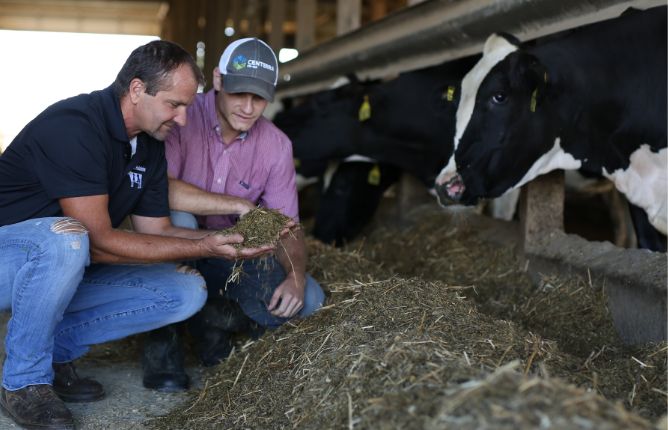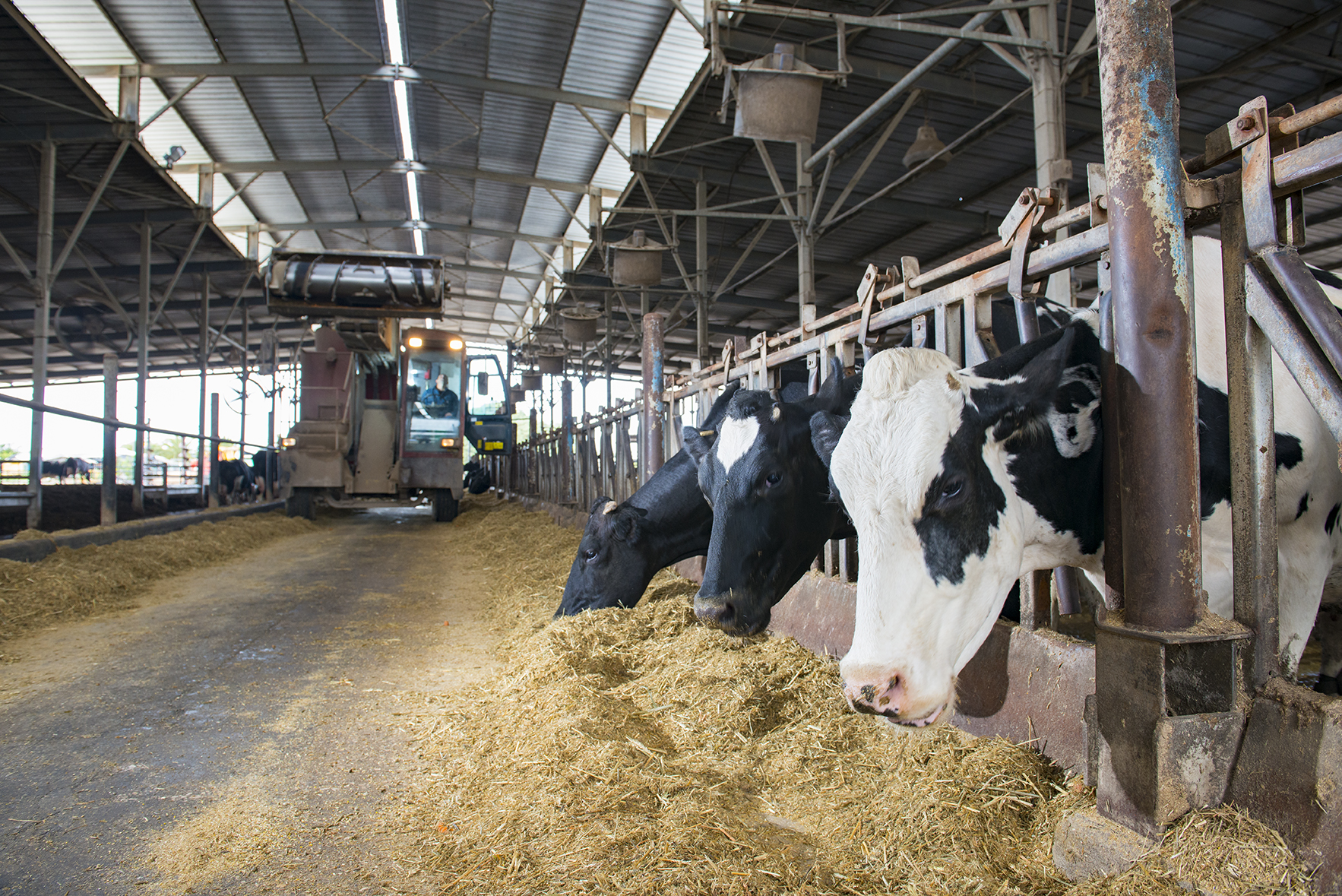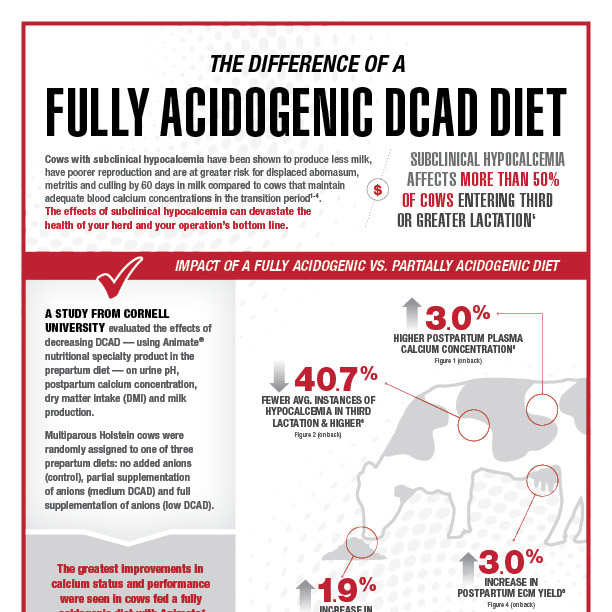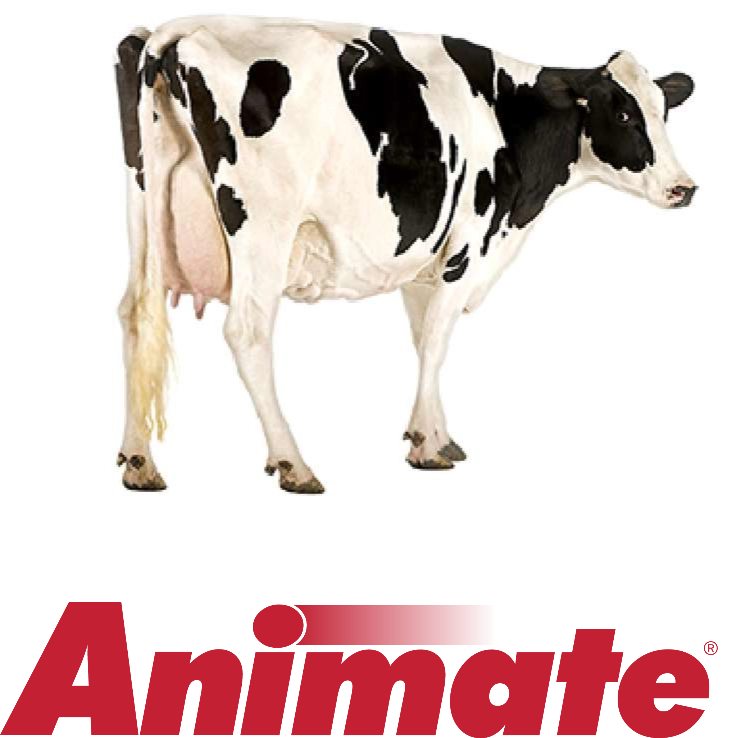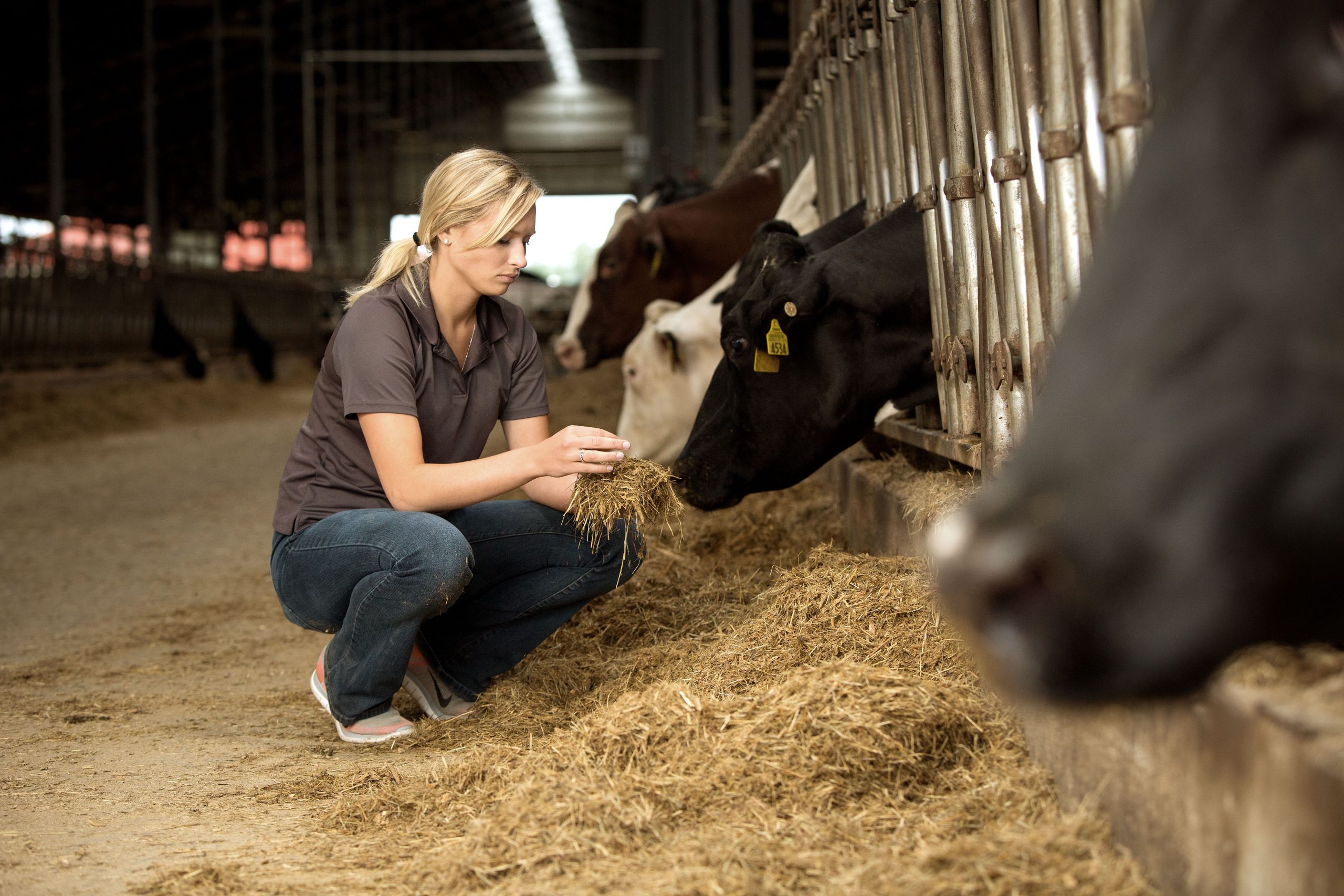
It’s hard to argue with sound science – when results are definitively verified through independent scientific research. It’s the type of reliable, unbiased information and data that dairy producers can trust as they consider how to enhance feeding and management programs and select products proven to help improve herd health, performance and overall profitability.
The results of a study conducted at the University of Illinois confirmed results from a prior study (Leno et al., 2017) demonstrating the benefits of feeding a fully acidogenic, high calcium diet during the prepartum period to help improve serum calcium dynamics, DMI, milk yield and health.1
“We had been working for many years on the idea of controlled energy, which is a strategy to control health problems during the transition to lactation,” says Dr. Jim Drackley, Professor of Animal Sciences at the University of Illinois, Urbana-Champaign. “We learned a lot, like how to make up the energy amino acid supplementation or protein supplementation. But one thing that we really didn’t know as much about was what to do with calcium metabolism and solutions to maintain calcium status after calving.”
Comparing Three Feed Strategies
The research studied the effects of three common feed strategies: a positive Dietary Cation-Anion Difference (DCAD) diet (+6 mEq/100g DM) with low dietary calcium (0.40% DM), a fully acidogenic, negative DCAD diet (-24 mEq/100g DM) with low dietary calcium (0.40% DM) and a fully acidogenic, negative DCAD diet (-24 mEq/100g DM) with high dietary calcium (2.0% DM).
Two critical findings of the study centered on calcium, according to Dr. Kristen Glosson, Senior Technical Service Manager for Phibro Animal Health Corporation, who was involved in the University of Illinois research while working on her PhD.
“The purpose of a negative DCAD diet is to create calcium flux,” she explains. “You start calcium mobilization from the bone and increase calcium absorption through the digestive system. When that’s happening prepartum, that calcium will then be available for the cow when she begins lactation.”
The study focused on the prepartum feeding of fully acidogenic diets, with low dietary calcium or high dietary calcium levels on postpartum calcium status of both forms of calcium, total and ionized. “For serum total calcium, we found that our two fully acidogenic diets had improved calcium status at 48 hours after calving,” says Dr. Glosson.
The study also looked at ionized calcium — the available fraction of calcium — to measure the calcium status of the cow. “We found that the two fully acidogenic diets also had improved calcium status using ionized calcium,” says Dr. Glosson.
“Both methods agreed with the fact that the fully acidogenic prepartum diet was able to improve calcium status after calving. Calcium has importance beyond milk production — it impacts the immune system and digestive system and can be connected to production and health benefits,” says Dr. Glosson.
Benefits of Added Calcium
The study generated several important scientific findings on the benefits of increasing calcium intake with a fully acidogenic diet.
While both fully acidogenic diets led to an increased calcium flux over the positive DCAD diet, cows that were fed the fully acidogenic diet with high dietary calcium had a greater calcium flux compared to cows fed the fully acidogenic, low dietary calcium treatment.
“A new finding for us in this study was that when we fed higher levels of dietary calcium under a fully acidogenic strategy, there was a greater flux of calcium above and beyond in the cows that were fed the fully acidogenic diet with low dietary calcium,” says Dr. Ken Zanzalari, Animate® Product Manager for Phibro Animal Health Corporation.
The study also looked at the dry matter intake (DMI) of all three diets.
“I think the effects on DMI during the prepartum period were very interesting,” says Dr. Drackley. “We had a small decrease in intake with the fully acidogenic diet with the low calcium, but about half of that decrease was alleviated with the high calcium. It surprised many people that we had such good DMI with the increased amount of calcium, along with the fully acidogenic diet.”
“One misperception is that if you feed an acidogenic diet, you do so at the compromise of DMI,” says Dr. Zanzalari. “This study showed that the cows that ate the fully acidogenic diet with high dietary calcium had very close DMI to the cows fed the control diet.”
Following the Data
Dr. Drackley found the benefits of following a strict, fully acidogenic program, in terms of how the cows transition, revealing. “I certainly have changed my thinking to support the use of a well-implemented program,” says Dr. Drackley. “The concepts are very strong scientifically and when the program is implemented, the results are very good.”
To learn how Animate® nutritional specialty product can support a proper DCAD diet, contact your local Phibro Dairy Advisor
AN065523GLB ©2023 Phibro Animal Health Corporation. Phibro, Phibro logo design, Healthy Animals. Healthy Food. Healthy World. and Animate are trademarks owned by or licensed to Phibro Animal Health Corporation or its affiliates.
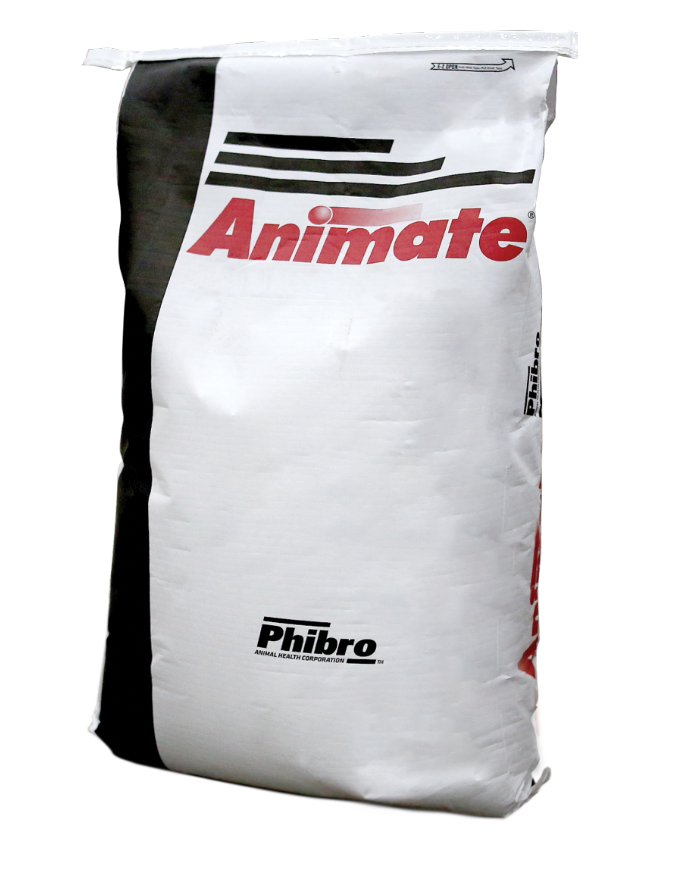
Start with the Right Anion Source
Animate® nutritional specialty product is a unique and patented anionic mineral that has been shown to help keep transition cows healthy and productive.
Learn about Animate







